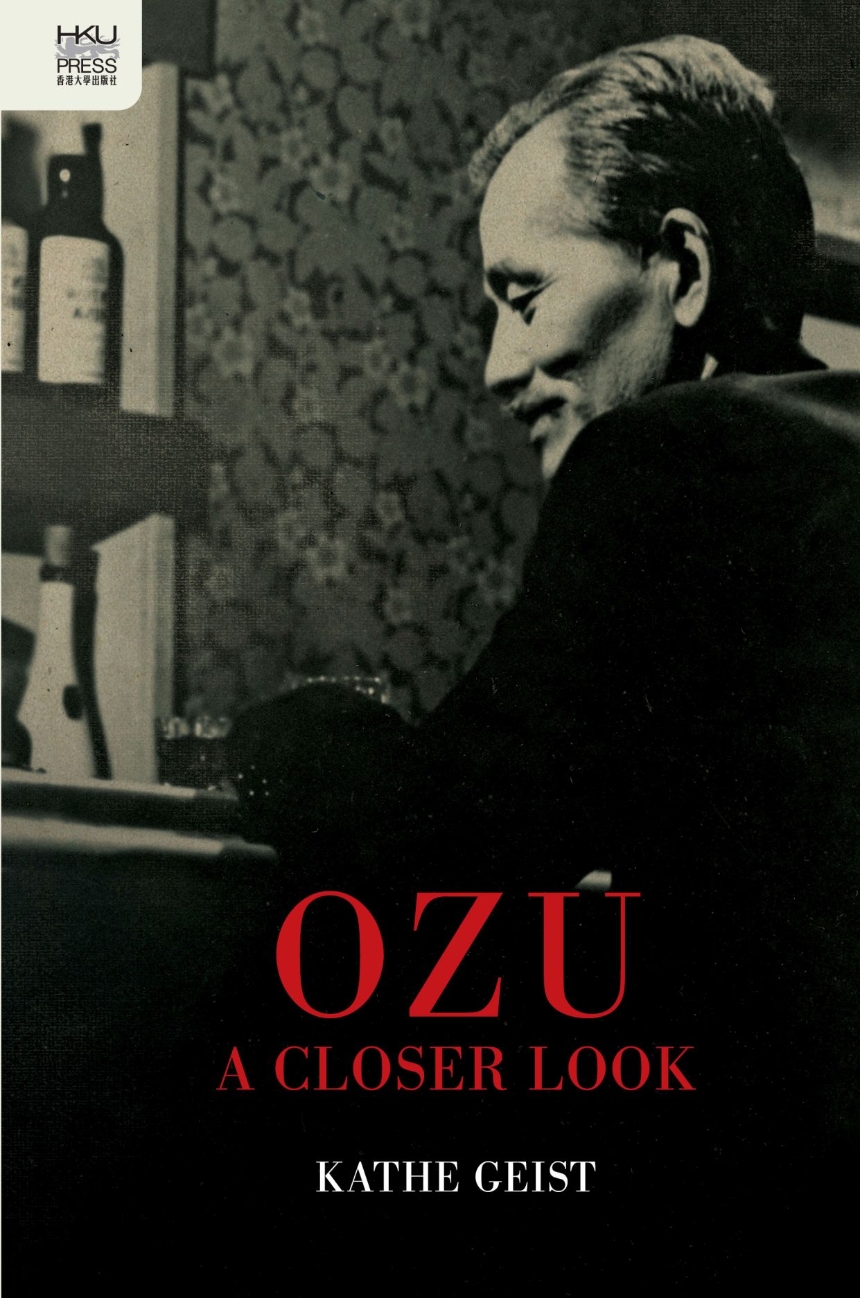Fresh insights into Yasujiro Ozu’s films.
Based on a close reading of Japanese director Yasujiro Ozu’s extant films, this book provides insights into the ways the director created narrative structures and used symbolism to construct meaning in his films. Against critics’ insistence that Ozu was indifferent to plot and unlikely to use symbols, Geist reveals the director’s subtle iconographic paradigms. Her incisive understanding of the historical and cultural context in which the films were conceived amplifies her analysis of the films’ structure and meaning. Ozu: A Closer Look guides the reader through Ozu’s earliest silent films, his sound films made during the wartime period and subsequent American Occupation of Japan, and finally takes up specific themes relevant to his later, better-known films. Geist also examines the impact that Ozu’s films had on specific directors in Europe, America, and Japan. Intended for film scholars, students, and fans of the director, this book provides fresh insights into the director’s films and new challenges in studies on Ozu.
Based on a close reading of Japanese director Yasujiro Ozu’s extant films, this book provides insights into the ways the director created narrative structures and used symbolism to construct meaning in his films. Against critics’ insistence that Ozu was indifferent to plot and unlikely to use symbols, Geist reveals the director’s subtle iconographic paradigms. Her incisive understanding of the historical and cultural context in which the films were conceived amplifies her analysis of the films’ structure and meaning. Ozu: A Closer Look guides the reader through Ozu’s earliest silent films, his sound films made during the wartime period and subsequent American Occupation of Japan, and finally takes up specific themes relevant to his later, better-known films. Geist also examines the impact that Ozu’s films had on specific directors in Europe, America, and Japan. Intended for film scholars, students, and fans of the director, this book provides fresh insights into the director’s films and new challenges in studies on Ozu.
Reviews
Table of Contents
List of Illustrations
Introduction
Part I. The Silent Films
Chapter 1: The Gangster Films
Chapter 2: Signs, Symbols, and Motifs
Chapter 3: The Sound of Silence
Chapter 4: Narrative Strategies, Texts, and Subtexts
Afterword Part I: “. . . when the studio was in Kamata”
Part II. War and Peace: The Sound Films, 1936–1952
Chapter 5: The Calm
Chapter 6: The Storm
Chapter 7: The Reckoning
Afterword Part II: “Then it’s good we lost.”
Part III. Religion, Sex, and Other Matters
Chapter 8: Narratives Strategies in the Late Films
Chapter 9: Religion
Chapter 10: Gender Issues
Chapter 11: A Two-Dimensional Art Form
Chapter 12: The Ozu Touch: Influencing Others
Afterword Part III: But is it modern?
Plot Synopses
Selected Bibliography
Index
Introduction
Part I. The Silent Films
Chapter 1: The Gangster Films
Chapter 2: Signs, Symbols, and Motifs
Chapter 3: The Sound of Silence
Chapter 4: Narrative Strategies, Texts, and Subtexts
Afterword Part I: “. . . when the studio was in Kamata”
Part II. War and Peace: The Sound Films, 1936–1952
Chapter 5: The Calm
Chapter 6: The Storm
Chapter 7: The Reckoning
Afterword Part II: “Then it’s good we lost.”
Part III. Religion, Sex, and Other Matters
Chapter 8: Narratives Strategies in the Late Films
Chapter 9: Religion
Chapter 10: Gender Issues
Chapter 11: A Two-Dimensional Art Form
Chapter 12: The Ozu Touch: Influencing Others
Afterword Part III: But is it modern?
Plot Synopses
Selected Bibliography
Index

